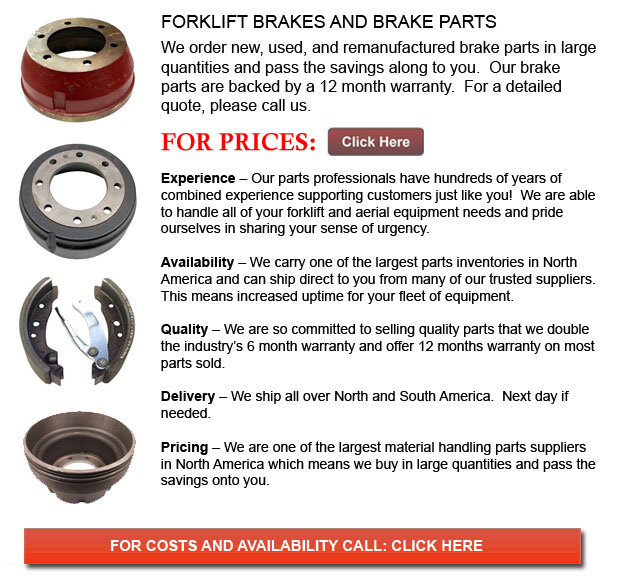
Forklift Brakes - A brake drum is where the friction is provided by the brake shoes or brake pads. The shoes or pads press up against the rotating brake drum. There are several other brake drums kinds along with particular specific differences. A "break drum" will normally refer to when either pads or shoes press onto the inner outside of the drum. A "clasp brake" is the term used so as to describe whenever shoes press against the outside of the drum. Another type of brake, called a "band brake" makes use of a flexible band or belt to wrap all-around the exterior of the drum. Whenever the drum is pinched in between two shoes, it could be referred to as a "pinch brake drum." Like a typical disc brake, these types of brakes are rather uncommon.
Previous to the year 1995, old brake drums required constant adjustment periodically in order to compensate for drum and shoe wear. "Low pedal" or long brake pedal travel is the dangerous end result if modifications are not carried out satisfactorily. The vehicle can become dangerous and the brakes could become ineffective whenever low pedal is combined along with brake fade.
There are a variety of Self Adjusting Brake Systems accessible, and they could be categorized within two main types, RAI and RAD. RAI systems have inbuilt tools that prevent the systems to be able to recover whenever the brake is overheating. The most recognized RAI manufacturers are AP, Bendix, Lucas, and Bosch. The most well-known RAD systems include Bendix, Ford recovery systems, Volkswagen, VAG and AP.
The self adjusting brake will usually just engage if the vehicle is reversing into a stop. This method of stopping is satisfactory for use whereby all wheels use brake drums. Disc brakes are used on the front wheels of vehicles nowadays. By working only in reverse it is less probable that the brakes will be adjusted while hot and the brake drums are expanded. If adjusted while hot, "dragging brakes" could happen, which raises fuel expenditure and accelerates wear. A ratchet device which becomes engaged as the hand brake is set is another way the self adjusting brakes may work. This means is only suitable in functions where rear brake drums are used. Whenever the parking or emergency brake actuator lever exceeds a specific amount of travel, the ratchet developments an adjuster screw and the brake shoes move in the direction of the drum.
There is a manual adjustment knob located at the base of the drum. It is usually adjusted via a hole on the other side of the wheel and this requires getting under the lift truck together with a flathead screwdriver. It is of utmost importance to move the click wheel correctly and tweak each wheel evenly. If unequal adjustment happens, the vehicle could pull to one side during heavy braking. The most effective method in order to make sure this tiresome job is done carefully is to either lift every wheel off the ground and spin it manually while measuring how much force it takes and feeling if the shoes are dragging, or give every\each and every one the same amount of manual clicks and then perform a road test.
![]() Click to Download the pdf
Click to Download the pdf
Forklift Parts
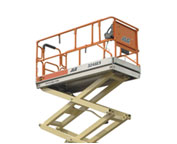
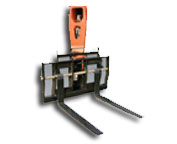
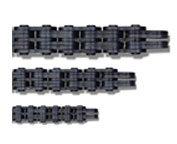
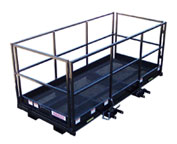
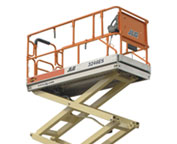
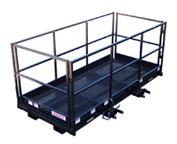
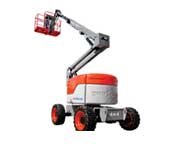
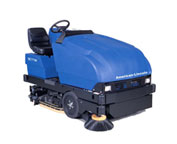
Lift Parts Express
TOLL FREE: 1-888-695-7994
LOCAL: (909) 232-9337
16155 Sierra Lakes Pkwy 160-328
Fontana, California
forkliftpartsfontana.com
Email Us
About Us


